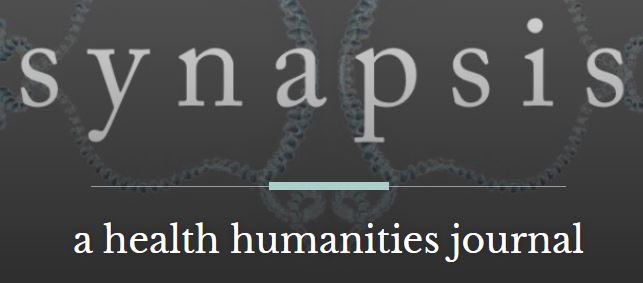(Lecture). In the period since 1965, fiction has become global in a new sense and with a new intensity. Comparison is built into it. Writers from different national traditions have been avidly reading each other, wherever they happen to come from, and they often resist “national” and regional labels altogether. If you ask the Somali writer Nuruddin Farah whether the precocious child of Maps was inspired by Salman Rushdie’s Midnight’s Children, he will answer (at least he did when I asked him) that he and Rushdie both were inspired by Sterne’s Tristram Shandy and Grass’s The Tin Drum. At the same time, the human experiences around which novelists organize their fiction are often themselves global, explicitly and powerfully but also mysteriously. Our critical language is in some ways just trying to catch up with innovative modes of storytelling that attempt to be responsible to the global scale of interconnectedness on which, as we only rarely manage to realize, we all live. This course will begin with the Sudanese classic Season of Migration to the North, a rewriting of Joseph Conrad’s “Heart of Darkness,” and will end with the British novelist Zadie Smith. In between we will discuss novels by Gabriel García Márquez, Marguerite Duras, Milan Kundera, W.G. Sebald, Roberto Bolaño, and others. Requirements: two short papers (6-8 pages) and a final for undergraduates; one longer paper (12-15 pages) and no final for graduate students.
The Heyman Center for the Humanities, Room B-101
74 Morningside Drive
New York, NY, 10027
(212) 854-4541
(212) 854-3099


